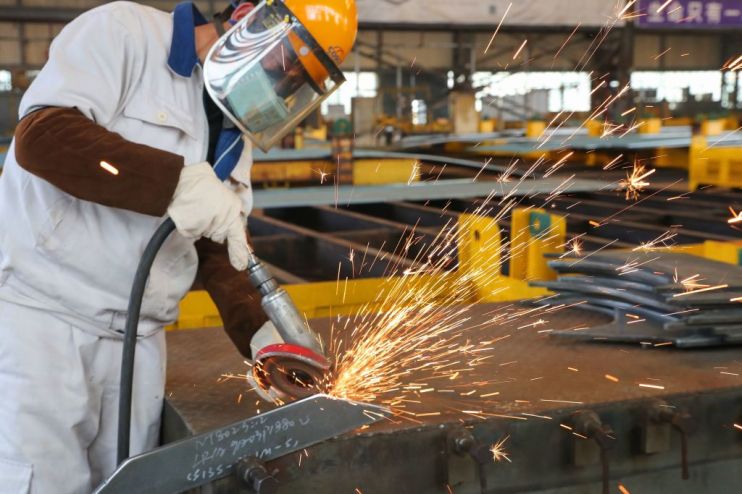World Bank warns on Chinese growth even as factories bounce back

The coronavirus pandemic will dramatically slow growth in China and Asia and prevent tens of millions from leaving poverty, the World Bank said overnight.
The bleak prediction came even as a gauge of output showed signs of life in China’s manufacturing sector in March.
China’s economy – the world’s second-largest, is now predicted by the World Bank to grow just 2.3 per cent in 2020 in a baseline scenario and only 0.1 per cent in a worst-case outcome. This compares to a prediction of 6.1 per cent growth made in 2019.
For the rest of the East Asia and the Pacific region, growth is projected to slow to 2.3 per cent in the baseline and perhaps be as low as 0.5 per cent in 2020. The World Bank previously expected 5.8 per cent growth.
“Countries in East Asia and the Pacific that were already coping with international trade tensions and the repercussions of the spread of COVID-19 in China are now faced with a global shock,” said Victoria Kwakwa, vice president for East Asia and the Pacific at the World Bank.
The warning from the World Bank – an international organisation promoting growth and development – came as data was released that showed Chinese factory output growing in March.
China’s official purchasing managers’ index (PMI) rose to a score of 52 after plunging to a record low of 35.7 in February, the National Bureau of Statistics (NBS) said. A reading above 50 indicates contraction.
The NBS warned that the reading did not show the economy has stabilised following its coronavirus shutdown, however. It said the surprise rebound was in large part due to the record low base set in February.
The World Bank said China and East Asia have a long way to go to bounce back from the virus outbreak. It urged countries to work together on containment and macroeconomic policies.
Aaditya Mattoo, chief economist for East Asia and the Pacific at the World Bank, said: “In addition to bold national actions, deeper international cooperation is the most effective vaccine against this virulent threat.”
In particular, the World Bank called for cross-border public-private partnerships to increase production and supply of key medical kit.